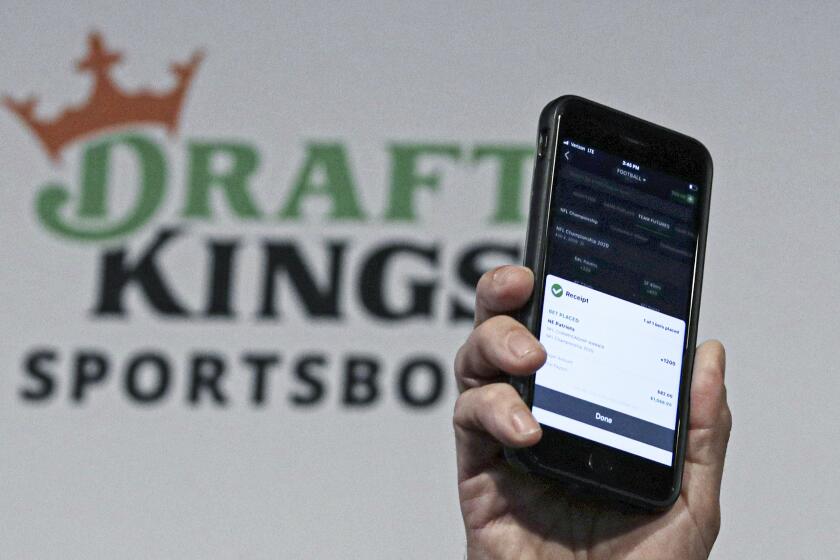Heat melting your budget? A few tips
If solar power is too hot for your wallet, your new-appliance budget is busted and you’ve already stripped to your skivvies to stay cool, you may be wondering just what you can do to save energy during this summer’s meteorological meltdown.
Let us count the ways.
Start with the obvious: Homeowners can save about 10% or more on power bills simply by turning the thermostat setting up 4 degrees, from 78 to 82, for example, according to the Lawrence Berkeley National Lab at UC Berkeley.
A one-story Pasadena house of 1,800 square feet with two adults and two children can save 13% in total energy costs and 41% on cooling energy, said Evan Mills, an energy analyst at the lab. Savings vary by city and apply only to homes in which air-conditioning use is significant, such as those in the San Fernando and San Gabriel valleys.
Homeowners can figure out their family’s energy savings by logging on to the Berkeley lab’s Home Energy Saver website, at hes.lbl.gov. Enter your ZIP Code and other household facts, and the site will calculate the energy savings and time period it will take to achieve it.
Up for debate is the savings attained by turning off the air conditioning when no one is home during the day. Berkeley’s lab claims monthly savings of 8%. Some experts say turning off the cool air can increase a utility bill because it ultimately forces the system to work harder. A similar debate raged in the 1970s about whether motorists waiting in gas lines saved more fuel by turning off and restarting their cars than by letting them idle.
Air-conditioning and heating systems consume at least 50% of the energy a home uses, and homes accounted for about 21% of the power used in the United States in 2004, according to the U.S. Department of Energy. Maintaining appliances, especially heating and air units, is one of the easiest and least expensive ways to cut costs.
“People get their cars tuned up so they’ll run better,” Mills said. “Why not air-conditioning systems?” Changing filters regularly and wrapping the ducts in R-6 insulation help. Save another 7% by sealing air-conditioner ducts to reduce leakage and 5% by adding more ceiling insulation.
“Night ventilation” saves energy and dollars too. Turn off the air conditioning in the early evening, when temperatures drop. Then turn on window fans to blow out the accumulating warmer air and draw in the cooler evening air. Keep the windows open until morning, then shut them again and turn on the air.
Cooling isn’t the only item that racks up utility bills. Refrigerators are the second-most-voracious household energy guzzlers. As smart as it may seem to hang on to that 20-year-old garage unit, it gobbles up about four times the energy of today’s more efficient appliances. So unless you plan to feed the football team any time soon, unplug that 18-cubic-footer and save 10% in energy costs, according to the Berkeley lab, or 15% on a 22-cubic-foot chest freezer.
Better yet, get rid of those appliances. The Los Angeles Department of Water and Power will pick up, for free, spare refrigerators -- they can add up to $200 a year to utility bills -- and throw in $35 and six compact fluorescent bulbs.
Next, save money doing the laundry. A water heater set to 140 degrees may blast away tough stains but also can scald a hand.
“No one needs to keep water hotter than 110 degrees,” said Bill Prindle, deputy director of the nonprofit American Council for an Energy-Free Economy. “Anything higher wastes a lot of energy.”
Prindle recommends turning the temperature gauge down to “medium” from “hot,” or replacing the 15-year-old water heater with a tank-less model, which heats water instantaneously. They’re more expensive initially, he said, but save money down the line. Also, heaters that meet efficiency standards are eligible for a $300 federal tax credit.
Newer, however, does not always mean more energy-efficient. That plasma TV has a better picture, but the screen uses up to three times the kilowatt-hours of old sets, Prindle said.
If you’ve already taken the plasma plunge, look for savings in other areas of the house, such as reducing the “vampire” energy other electronic equipment sucks up. The energy used even when equipment is turned off -- from transformers for fax machines, telephone chargers, printers and computers -- cost American homeowners $4 billion annually, said Mills of Berkeley’s national lab. Turn off their power strips and electronic devices when they’re idle. The same goes for lights when not in use.
Here are additional savings by percent on summer electricity bills, from the savepower.lbl.gov website:
* Close window blinds and drapes to block direct sunshine -- 6%.
* Turn off the electric dryer and line-dry clothes -- 3%.
* Wash only full loads of dishes and clothes -- 1%.
* Use a microwave oven instead of conventional electric range or oven -- 0.4%.
Finally, planting deciduous trees (those that drop their leaves in the fall) reduces heating and cooling costs by protecting homes from the summer sun and allowing the winter sun to warm them. They don’t look bad, either.
More to Read
Inside the business of entertainment
The Wide Shot brings you news, analysis and insights on everything from streaming wars to production — and what it all means for the future.
You may occasionally receive promotional content from the Los Angeles Times.










